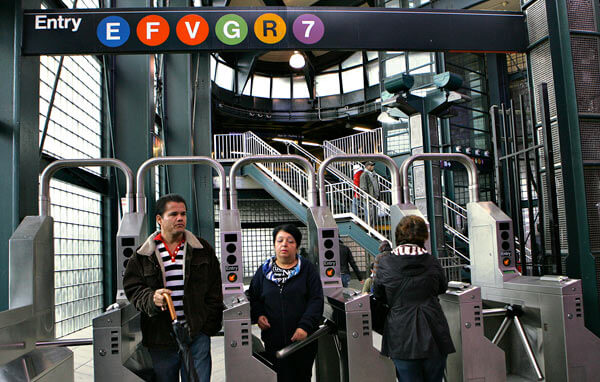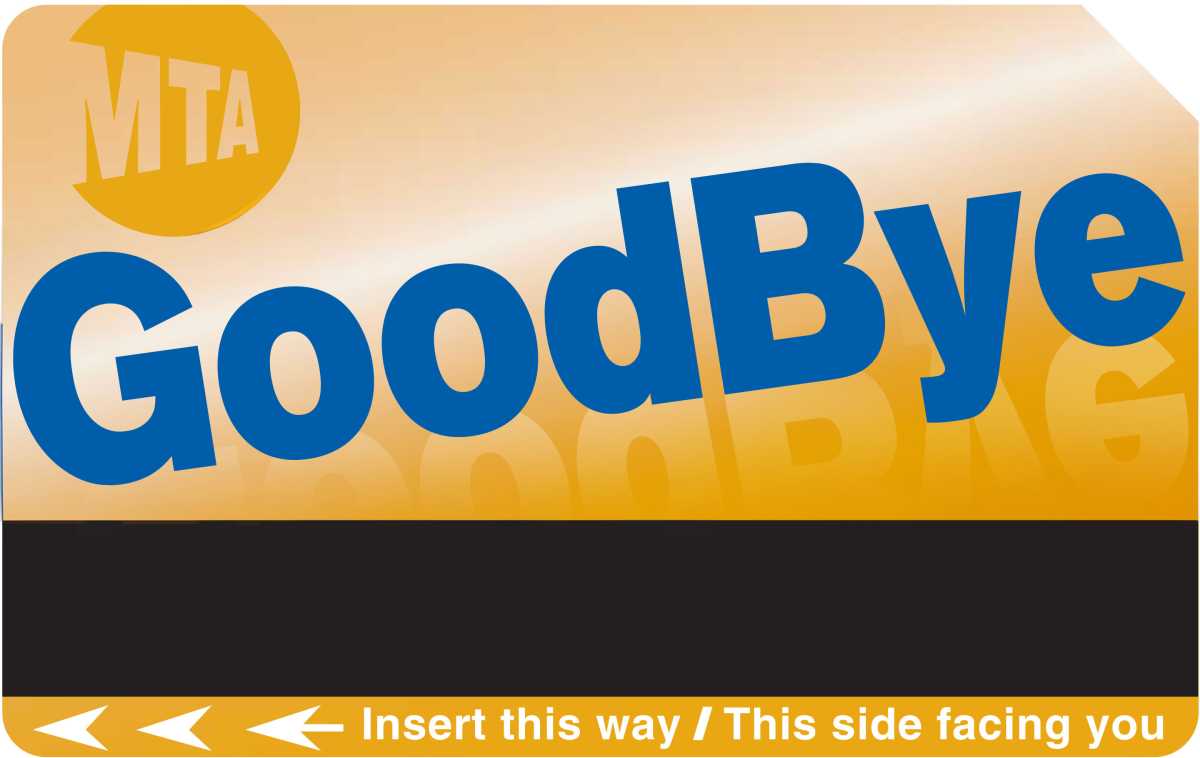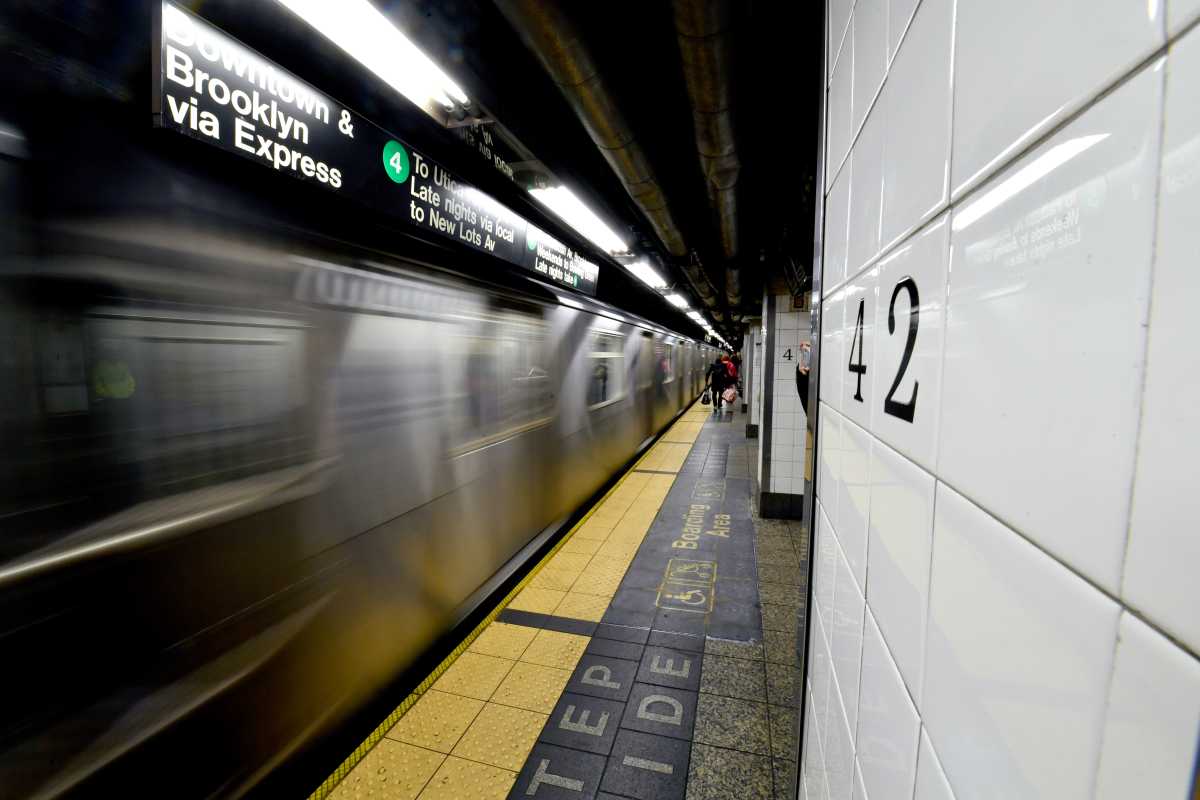By Philip Newman
The Straphangers Campaign reports the subway system has yet to recover from the pounding of Hurricane Sandy.
The MTA delay alerts to subway patrons rose by 29 percent in January through March 2013 when compared with the first three months of 2012, the Straphangers said.
“Months after battering New York City, Superstorm Sandy continues to hurt subway service,” said Gene Russianoff, attorney for the Straphangers Campaign.
The section of the A train serving the Rockaways is still out of action and the South Ferry station at the southern tip of Manhattan will be out indefinitely — former MTA Chairman Joseph Lhota said “it wasn’t damaged, it was destroyed.”
Nevertheless, much of the subway system returned to service within a few days after the storm struck Oct. 29.
Transit officials say a factor affecting the subways is the temporary presence of salt water.
The Straphangers reported that delays alerts for the first 10 months of 2012, which came before Sandy, were already outpacing delays alerts in the same period for 2011. There were 2,432 delays alerts between January and late October 2011 and 2,669 delays for the same period in 2012.
The Straphangers also reported:
The most improved subway line was the G, which had 19 percent fewer delays alerts, comparing with the first 10 months of 2011 to the same period in 2012. The G went from 42 MTA delays alerts in 2011 to 34 alerts in 2012.
The L train worsened the most by 60 percent — from 84 alerts in 2011 to 134 alerts in 2012.
Manhattan had the most delays alerts with 1,219 out of 2,669 in the first 10 months of 2012, nearly half of total alerts. The Bronx had the fewest in 2012 with nine percent.
The most improved borough was the Bronx with 17 percent fewer alerts, going from 283 alerts in 2011 down to 235 in 2012.
Queens performed the worst, going from 392 alerts in 2011 to 458 in 2012, a 17 percent increase in delays.
The MTA considers an incident significant and instructs its personnel to send an alert to riders ”for any incidents that will result in a significant service impact that is expected to last eight to 10 minutes or more.”
Mechanical problems caused the most alerts at 36 percent.
The MTA began its Text Messaging and E-Mail Alert System in late November 2008. The service is free.
More than 92,000 persons now subscribe to the alert system for subway and bus delays.




































